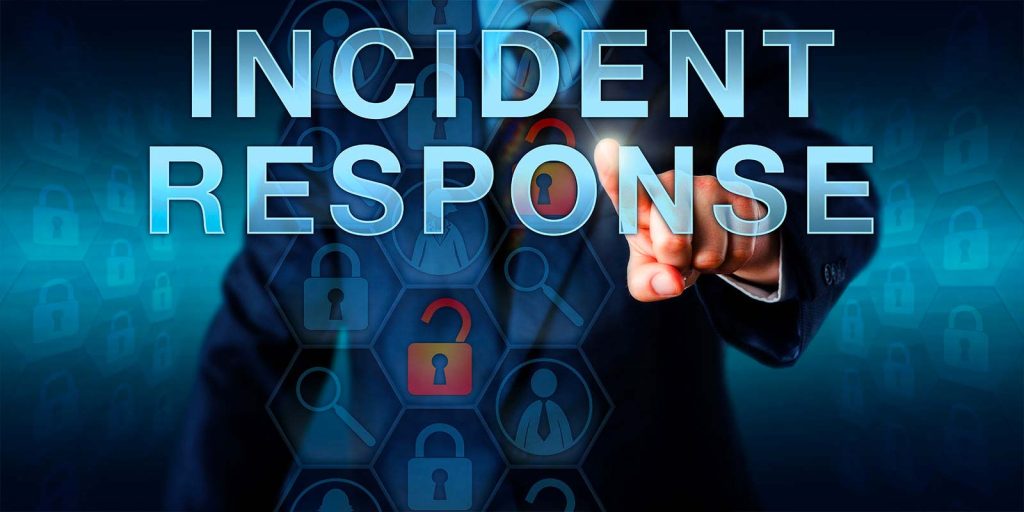How to Build a Robust Incident Response Plan
Building a robust incident response plan is crucial for any organization aiming to safeguard its assets, data, and reputation. This plan should be comprehensive, clearly defined, and well-practiced to ensure swift and effective action during a security incident. Here are key steps and considerations for crafting an effective incident response plan. Firstly, establishing an incident response team is essential. This team should include members from various departments such as IT, legal, communications, and human resources. Each member should have clearly defined roles and responsibilities to ensure a coordinated response. Regular training and simulations are vital to prepare the team for real-world scenarios, ensuring they can act quickly and effectively under pressure. Next, it is important to identify and classify potential security incidents. Develop a clear taxonomy of incidents, ranging from minor issues such as phishing attempts to major breaches involving sensitive data. Each type of incident should have predefined procedures and escalation paths. This classification helps prioritize responses and allocate resources efficiently, ensuring that critical incidents receive immediate attention.

Developing detailed response procedures is another critical step. These procedures should outline the steps to be taken from the moment an incident is detected to its resolution. This includes initial identification and containment, investigation and eradication, recovery, and post-incident analysis. Clear guidelines for each phase help ensure that nothing is overlooked and that the response is consistent and effective. Communication is a key component of an incident response plan. Establishing clear communication protocols ensures that information flows seamlessly within the response team and to external stakeholders. This includes internal notifications to key personnel, external notifications to customers or partners, and compliance with legal and regulatory requirements. Effective communication can help manage the incident’s impact on the organization’s reputation and maintain stakeholder trust. Additionally, it is crucial to have a robust incident detection and monitoring system in place. Utilizing advanced security tools and technologies can help identify potential threats early, allowing the response team to act swiftly. Continuous monitoring and regular security assessments can help detect vulnerabilities and address them before they are exploited.
Documentation is another important aspect of incident response. Keeping detailed records of incidents, actions taken, and lessons learned is invaluable for improving future responses. The Incident Response Blog documentation can also be useful for legal and regulatory purposes. Regularly reviewing and updating the incident response plan based on these records ensures that it remains relevant and effective in the face of evolving threats. Lastly, conducting regular training and awareness programs for all employees is crucial. Everyone in the organization should understand their role in incident response and be able to recognize potential threats. This includes training on basic security practices, phishing awareness, and the importance of reporting suspicious activities promptly. In conclusion, building a robust incident response plan involves a multi-faceted approach that includes team preparation, clear procedures, effective communication, advanced detection tools, thorough documentation, and continuous training. By addressing each of these elements, organizations can better protect themselves from security incidents and mitigate their impact when they occur. This proactive approach not only safeguards critical assets but also helps maintain trust and confidence among stakeholders.
